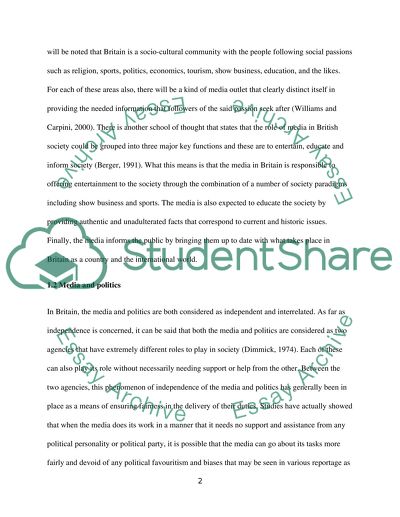Cite this document
(“Newspaper Portrayals of Boris Johnson in the British Newspapers Literature review”, n.d.)
Newspaper Portrayals of Boris Johnson in the British Newspapers Literature review. Retrieved from https://studentshare.org/journalism-communication/1476254-newspaper-portrayals-of-boris-johnson-in-the
Newspaper Portrayals of Boris Johnson in the British Newspapers Literature review. Retrieved from https://studentshare.org/journalism-communication/1476254-newspaper-portrayals-of-boris-johnson-in-the
(Newspaper Portrayals of Boris Johnson in the British Newspapers Literature Review)
Newspaper Portrayals of Boris Johnson in the British Newspapers Literature Review. https://studentshare.org/journalism-communication/1476254-newspaper-portrayals-of-boris-johnson-in-the.
Newspaper Portrayals of Boris Johnson in the British Newspapers Literature Review. https://studentshare.org/journalism-communication/1476254-newspaper-portrayals-of-boris-johnson-in-the.
“Newspaper Portrayals of Boris Johnson in the British Newspapers Literature Review”, n.d. https://studentshare.org/journalism-communication/1476254-newspaper-portrayals-of-boris-johnson-in-the.


